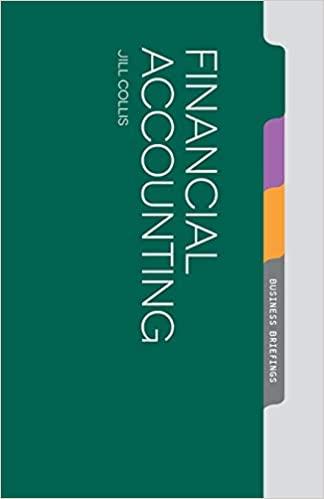An auditor is applying statistical sampling for attributes to the testing of extensions of 1000 line items on sales invoices. A deviation is defined as
An auditor is applying statistical sampling for attributes to the testing of extensions of 1000 line items on sales invoices. A deviation is defined as an extension mistake on a line (i.e. line #39 quantity of 10 and unit price of $100 is calculated as $900).
The auditor decides to use a 10% Risk of Overreliance, a Tolerable Deviation Rate of 6%, and an expected population deviation rate of 2%.
Assume the following deviation condition exists in the population (the auditor would not know this):
Line # Amount of deviation overstated (understated)
39 $ (100)
114 226
202 900
220 700
240 950
291 1126
347 226
410 (400)
526 550
600 1000
674 150
798 (500)
840 350
890 925
906 (820)
c. Quantitatively evaluate your sample results. [Use the sample decision rule.]
d. Assume that your sample contains so many deviations that you as the auditor conclude that controls
are not acceptable. Develop a population decision rule, as suggested in class. Use the population
decision rule to conclude that controls would be acceptable in this case.
PLEASE EXPLAIN IT IN DETAIL FOR UNDERSTANDING!
Step by Step Solution
There are 3 Steps involved in it
Step: 1

See step-by-step solutions with expert insights and AI powered tools for academic success
Step: 2

Step: 3

Ace Your Homework with AI
Get the answers you need in no time with our AI-driven, step-by-step assistance
Get Started


